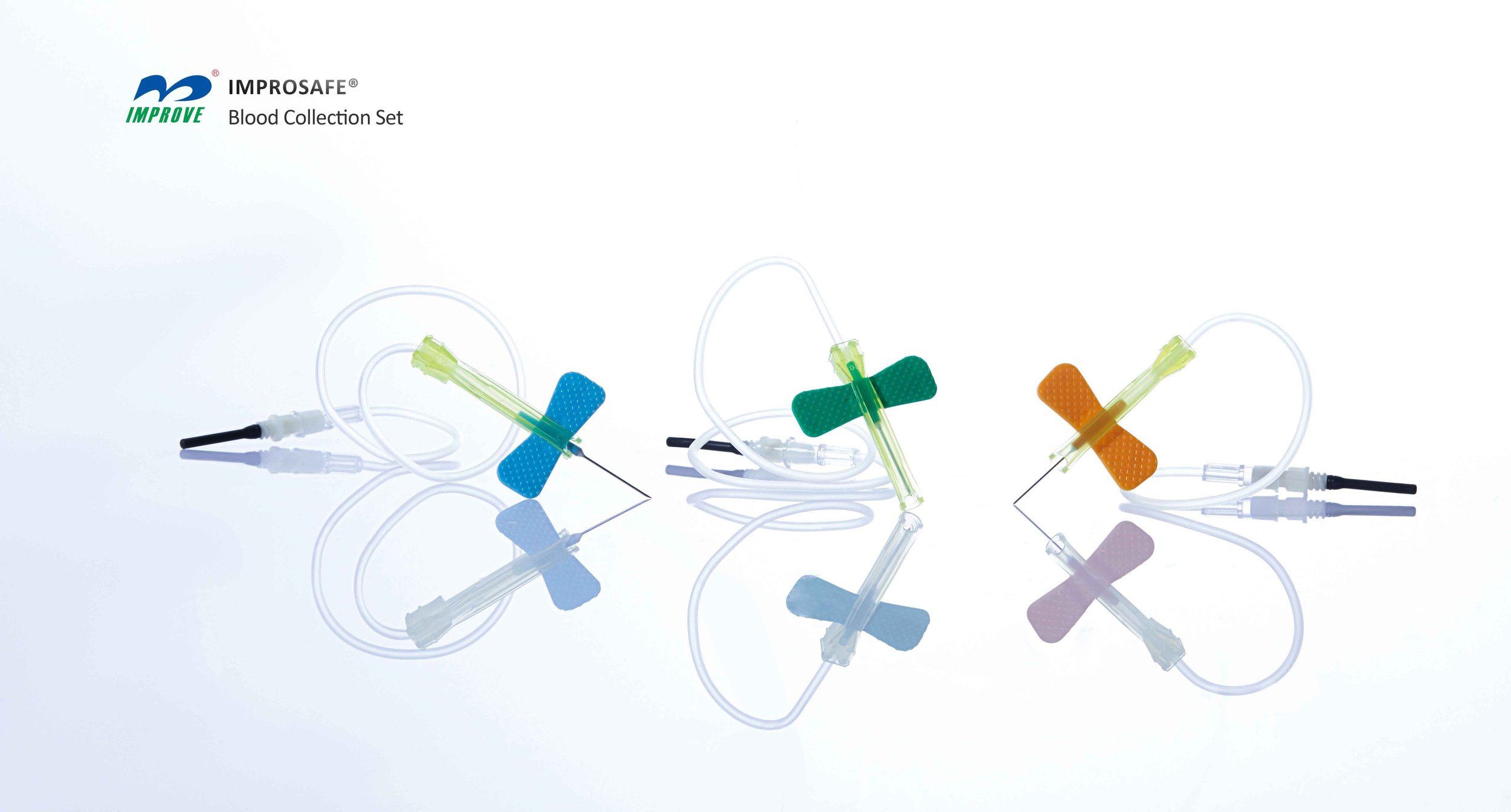The Importance of Cleaning and Sanitizing Phlebotomy Equipment in Medical Labs
Summary
- Proper cleaning and sanitizing procedures are crucial in maintaining a safe and sterile environment in a medical lab setting.
- Implementing a thorough cleaning protocol for Phlebotomy Equipment can help prevent the spread of infections and ensure accurate Test Results.
- Following industry standards and guidelines for cleaning and sanitizing Phlebotomy Equipment is essential to uphold quality and safety standards.
Introduction
Medical laboratories play a vital role in the healthcare system by providing diagnostic testing services to patients. In these facilities, Phlebotomy Equipment is used to collect blood samples for various tests. To maintain a safe and sterile environment, proper cleaning and sanitizing procedures must be followed consistently. In this article, we will explore the importance of cleaning and sanitizing Phlebotomy Equipment in a medical lab setting in the United States.
The Importance of Cleaning and Sanitizing Phlebotomy Equipment
Cleaning and sanitizing Phlebotomy Equipment is essential for several reasons, including:
- Preventing infections: Bloodborne pathogens can pose a significant risk to both patients and healthcare workers. Proper cleaning and sanitizing procedures can help reduce the spread of infections.
- Ensuring accurate Test Results: Contaminated equipment can lead to inaccurate Test Results, which can have serious consequences for patient care. By keeping Phlebotomy Equipment clean and sanitized, the risk of errors is minimized.
- Maintaining regulatory compliance: Medical laboratories are subject to strict Regulations and standards set by organizations such as the Centers for Disease Control and Prevention (CDC) and the Occupational Safety and Health Administration (OSHA). Adhering to proper cleaning and sanitizing procedures is essential for meeting these regulatory requirements.
Proper Procedures for Cleaning and Sanitizing Phlebotomy Equipment
When cleaning and sanitizing Phlebotomy Equipment in a medical lab setting, it is important to follow established protocols to ensure effectiveness and safety. The following are some key procedures to consider:
1. Disinfection of Surfaces
Before and after each use, all surfaces of Phlebotomy Equipment should be thoroughly cleaned and disinfected. This includes surfaces such as countertops, armrests, and tray tables. The following steps should be followed:
- Use an appropriate disinfectant recommended by the manufacturer for each specific type of surface.
- Wipe down surfaces with the disinfectant using a clean cloth or disposable wipe.
- Allow the disinfectant to sit for the recommended contact time before wiping it off.
- Ensure all surfaces are completely dry before using the equipment again.
2. Cleaning of Needles and Syringes
Proper cleaning of needles and syringes is essential to prevent contamination and ensure patient safety. The following steps should be followed:
- Dispose of used needles and syringes in a sharps container immediately after each use.
- For reusable needles and syringes, follow the manufacturer's instructions for cleaning and sterilization.
- Use an appropriate cleaning solution and brush to thoroughly clean each needle and syringe.
- Sterilize needles and syringes using an autoclave or another approved sterilization method.
3. Sterilization of Blood Collection Tubes
Blood collection tubes are used to collect and store blood samples for testing. Proper sterilization of these tubes is critical to prevent contamination and ensure accurate Test Results. The following steps should be followed:
- Check each blood collection tube for damage or defects before use.
- Ensure that the tubes are properly labeled with the patient's information.
- Before use, sterilize the tubes using an approved sterilization method such as autoclaving.
- Store sterilized tubes in a clean and dry area until ready for use.
Conclusion
Proper cleaning and sanitizing procedures are essential in maintaining a safe and sterile environment in a medical lab setting. By following established protocols for Phlebotomy Equipment, healthcare workers can help prevent the spread of infections, ensure accurate Test Results, and maintain regulatory compliance. Implementing a thorough cleaning protocol for Phlebotomy Equipment is paramount for upholding quality and safety standards in medical laboratories across the United States.

Disclaimer: The content provided on this blog is for informational purposes only, reflecting the personal opinions and insights of the author(s) on the topics. The information provided should not be used for diagnosing or treating a health problem or disease, and those seeking personal medical advice should consult with a licensed physician. Always seek the advice of your doctor or other qualified health provider regarding a medical condition. Never disregard professional medical advice or delay in seeking it because of something you have read on this website. If you think you may have a medical emergency, call 911 or go to the nearest emergency room immediately. No physician-patient relationship is created by this web site or its use. No contributors to this web site make any representations, express or implied, with respect to the information provided herein or to its use. While we strive to share accurate and up-to-date information, we cannot guarantee the completeness, reliability, or accuracy of the content. The blog may also include links to external websites and resources for the convenience of our readers. Please note that linking to other sites does not imply endorsement of their content, practices, or services by us. Readers should use their discretion and judgment while exploring any external links and resources mentioned on this blog.
